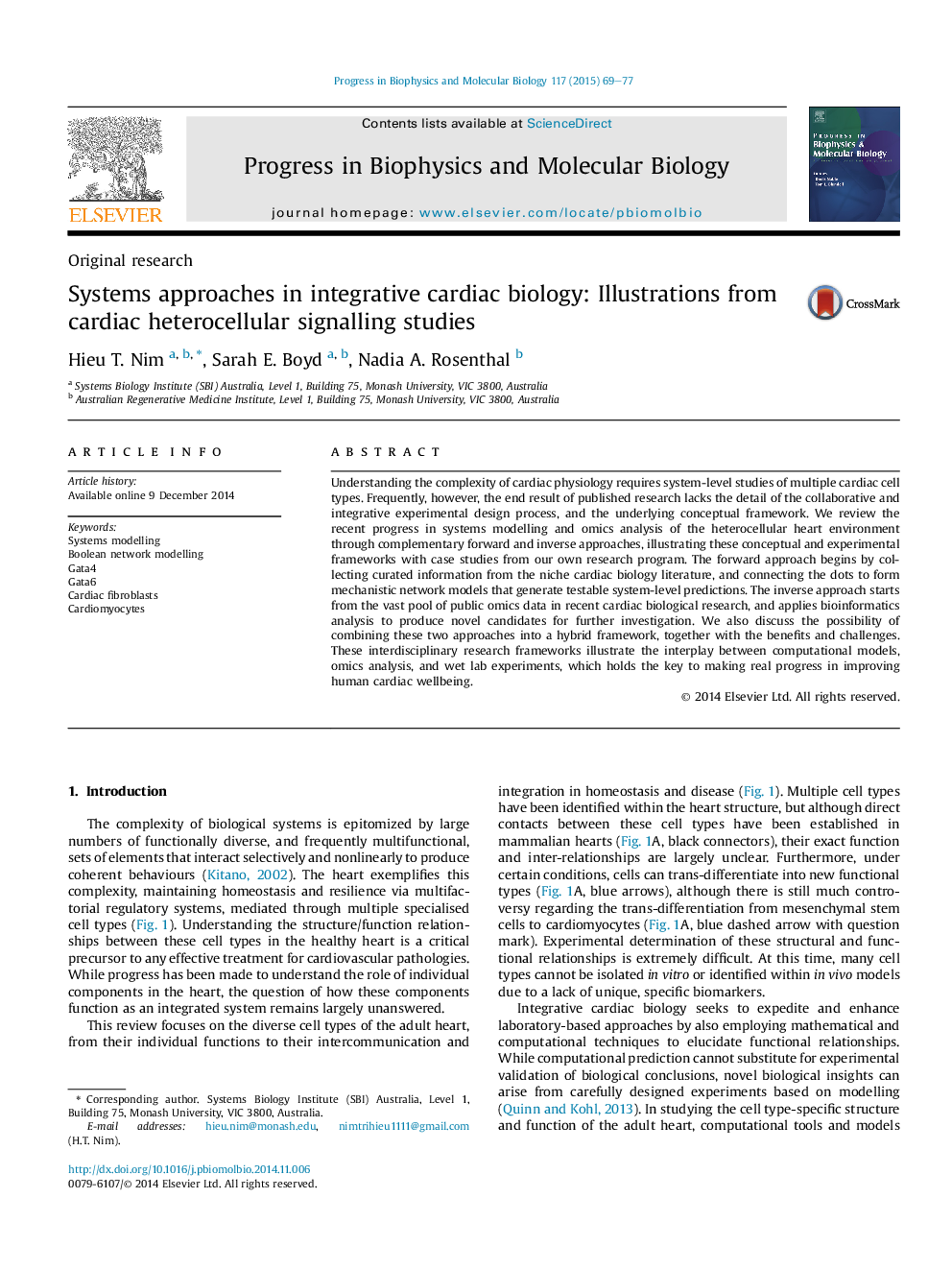| Article ID | Journal | Published Year | Pages | File Type |
|---|---|---|---|---|
| 2070448 | Progress in Biophysics and Molecular Biology | 2015 | 9 Pages |
Understanding the complexity of cardiac physiology requires system-level studies of multiple cardiac cell types. Frequently, however, the end result of published research lacks the detail of the collaborative and integrative experimental design process, and the underlying conceptual framework. We review the recent progress in systems modelling and omics analysis of the heterocellular heart environment through complementary forward and inverse approaches, illustrating these conceptual and experimental frameworks with case studies from our own research program. The forward approach begins by collecting curated information from the niche cardiac biology literature, and connecting the dots to form mechanistic network models that generate testable system-level predictions. The inverse approach starts from the vast pool of public omics data in recent cardiac biological research, and applies bioinformatics analysis to produce novel candidates for further investigation. We also discuss the possibility of combining these two approaches into a hybrid framework, together with the benefits and challenges. These interdisciplinary research frameworks illustrate the interplay between computational models, omics analysis, and wet lab experiments, which holds the key to making real progress in improving human cardiac wellbeing.
